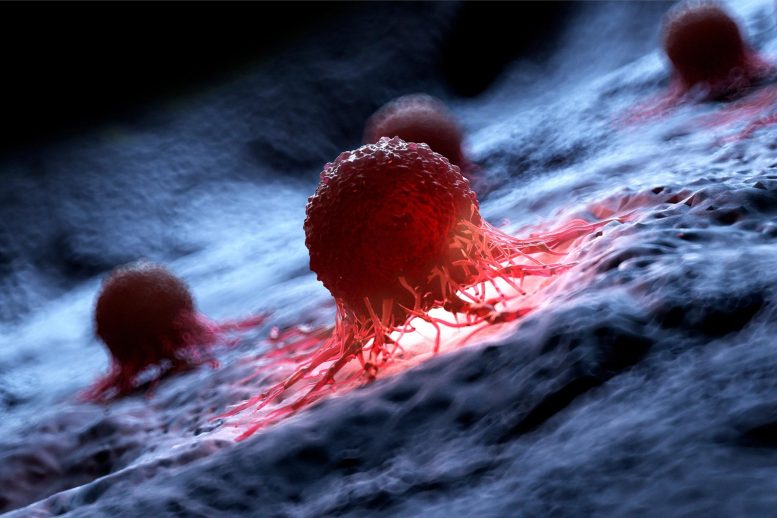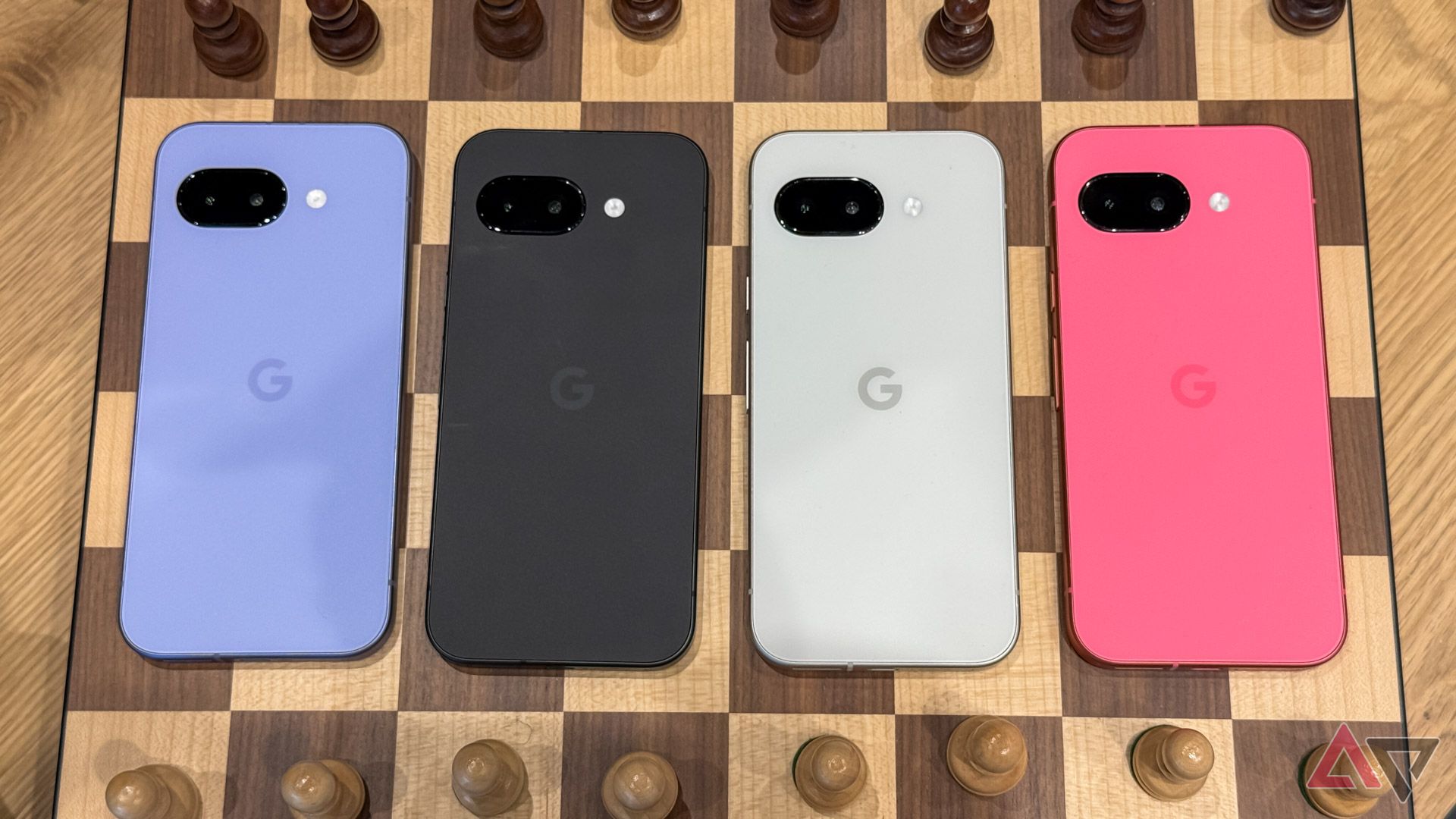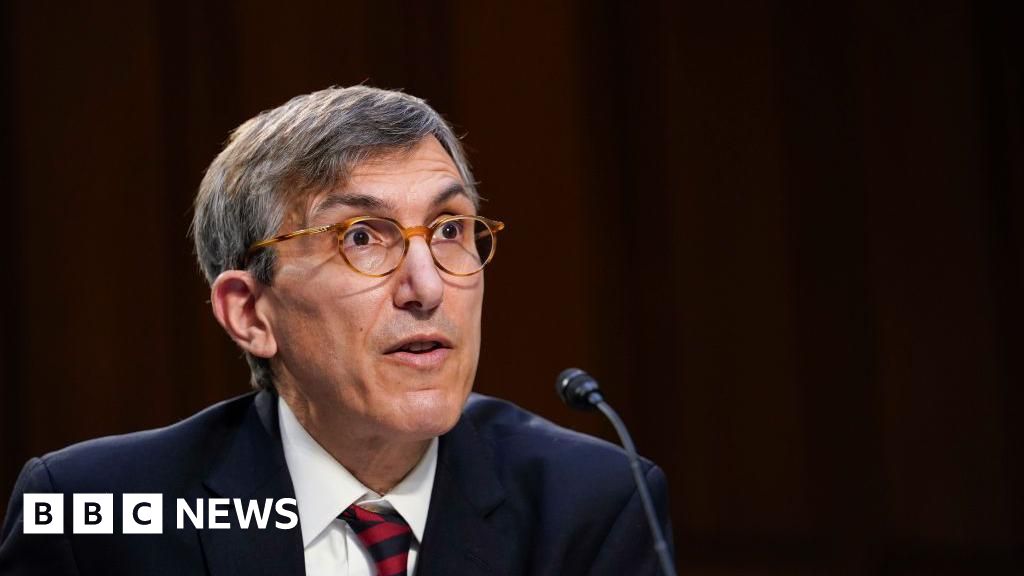Johnson & Johnson (NYSE: JNJ) is being welcomed to the New York Stock Exchange. Analysts on Wall Street believe that certain pharmaceutical companies are well-prepared to counter the losses they will face when their patents expire, through the development of their drug pipelines and by forging acquisitions or partnerships with other companies. Patent expirations are a significant challenge for pharmaceutical companies. They must replace older top-selling drugs with new ones in order to not just maintain their sales, but also to grow them. The loss of exclusive rights on a drug can impact companies differently, based on the portion of their sales derived from the product or the type of treatment it provides. Some drugs facing patent expirations will also be affected by the Biden administration’s Medicare drug price negotiations, a policy that could further jeopardize the companies’ revenues. According to estimates from EY, the top 20 biopharma companies have $180 billion in sales at risk from patent expirations between now and 2028.
William Blair & Company analyst Matt Phipps told CNBC that the impact of patent expirations varies by company at this stage. He believes that there are several products in the ’25 and ’30 timeframe that will be major growth drivers for large biopharma companies. However, there are still many companies that have revenue deficits to address.
Examples of top drugs set to lose exclusivity are Merck’s Keytruda, Bristol Myers Squibb’s Eliquis, Bristol Myers Squibb’s Opdivo, and Johnson & Johnson’s Stelara.
Patent cliffs could differ based on whether the product is a small-molecule drug or a biologic medicine derived from living sources such as animals or humans. Many of the biggest drugs facing upcoming patent expirations are biologics, including Merck’s Keytruda, J&J’s Stelara, and Bristol Myers Squibb’s Opdivo. Investors will receive updates on Merck and Bristol Myers Squibb’s plans for the years ahead when they report earnings on Thursday and Friday, respectively.
Analyst Matt Phipps said that among branded drugs, biosimilars have historically struggled to gain market share, unlike generics, which are cheaper versions of small-molecule drugs. The difference lies in the fact that many biosimilars are not identical copies of branded biologic drugs, unlike generics. This means that biosimilars are not interchangeable with their branded counterparts, and some physicians are more hesitant to switch patients to them due to variations in patient reactions. Additionally, biosimilars are more expensive to research and develop and more complex to manufacture than generics, making biosimilar makers reluctant to sell them at significant discounts to branded counterparts.
An example is AbbVie’s Humira, a biologic that treats an array of inflammatory diseases. Although several biosimilars of Humira have entered the market, the drug has only lost 2% of its market share to those copycats, partly due to the rebates offered by the drugmaker to pharmacy benefit managers. This has impacted the drug’s revenue but has also helped it remain competitive.
According to Piper Sandler senior analyst Christopher Raymond, although Humira’s revenue has declined, the drug is still highly profitable, enabling AbbVie to set a lower price while maintaining a decent margin. However, AbbVie expects Humira’s revenue to decline by 35% in 2023 compared to 2022, with forecasts indicating a 33% drop in 2024, slashing revenue to about $9.5 billion.
JPMorgan analyst Chris Schott views the upcoming patent cliffs in the mid-2020s as “largely manageable” as drug pipelines improve. He expects the biopharmaceutical industry’s sales to remain “roughly stable” through 2030.
During the JPMorgan Health Care Conference, Merck CEO Robert Davis stated that the company anticipates more than $20 billion in sales from oncology drugs by the mid-2030s, doubling the forecast provided during the same period last year. JPMorgan’s Schott believes that Bristol Myers Squibb’s recent acquisitions and growing mid- to late-stage pipeline will position the company for growth after upcoming patent expirations. J&J is also expected to see healthy growth after the expiration of Stelara’s patent. Amidst such developments, companies are likely to seek opportunities to acquire more drugs, particularly those in late-stage development that are close to entering the market.
To mitigate revenue loss, pharmaceutical companies are also moving to delay competition or extend patent protections on drugs. For example, Merck is testing a more convenient version of Keytruda that could extend its market exclusivity by several years. Bristol Myers Squibb is also testing a new form of Opdivo that showed promising results in a late-stage trial in October and could lead to extended market exclusivity.
J&J implemented a different strategy by suing Amgen over its plan to market a biosimilar for Stelara, reaching confidential settlements with Amgen, Alvotech, and Teva Pharmaceuticals to delay their biosimilar launches. However, there’s a limit to how much time can be added to extend revenues. Medicare drug price negotiations under the Inflation Reduction Act pose an additional threat to companies, although the impact on revenues could differ depending on when a drug loses exclusivity. Medicare will begin price talks for the first round of 10 prescription medications this year, with the federal government publishing the agreed-upon prices for those medications by fall. Lower prices in 2026 may have less of an effect on drugs already expected to see revenue decline around the same time. Competitive entry into the market remains the primary threat to revenue for drugs, regardless of when they lose exclusivity.
Big pharma is at a critical juncture, with J&J, Merck, and other companies set to experience substantial revenue losses from their blockbuster drugs













